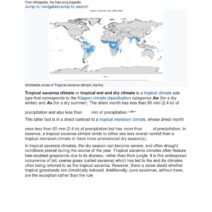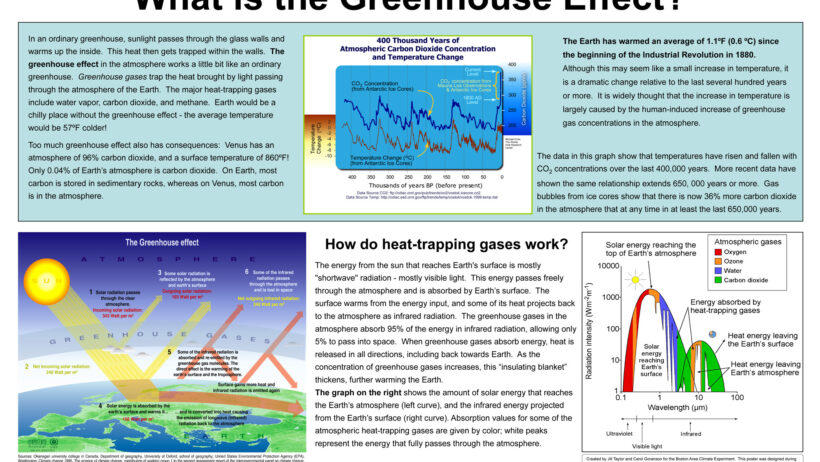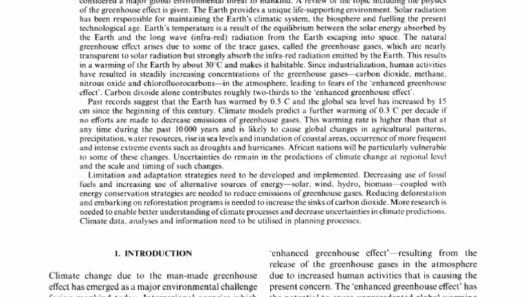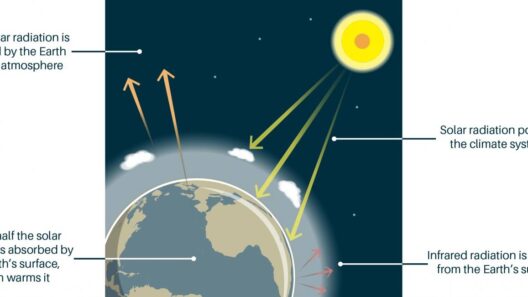The Greenhouse Gas Effect is a critical concept in understanding the dynamics of climate change and global warming. It describes the natural process by which certain gases in the Earth’s atmosphere trap heat, maintaining the planet’s temperature. Without this effect, Earth would be inhospitably cold, but the increasing concentration of greenhouse gases, primarily due to human activity, is exacerbating this phenomenon. This article delves into what greenhouse gases are, how they contribute to the warming of our planet, and why addressing this issue is imperative for future generations.
Greenhouse gases (GHGs) are components of the atmosphere that absorb and emit infrared radiation. The most prevalent greenhouse gases include carbon dioxide (CO2), methane (CH4), nitrous oxide (N2O), and water vapor. Each of these gases has a different heat-trapping ability and atmospheric lifespan, making their impact on the climate distinct.
The fundamental premise of the greenhouse effect hinges on the balance of energy entering and exiting Earth’s atmosphere. Solar radiation reaches the Earth, warming its surface. This warmth is then radiated back towards space in the form of infrared radiation. While some of this radiation escapes, greenhouse gases absorb and re-emit a portion of it back towards the Earth, consequently warming the atmosphere and surface. This natural occurrence is essential, as it ensures a habitable climate. However, human-induced emissions are intensifying this effect, resulting in an alarming rise in global temperatures.
The Industrial Revolution marked a turning point in GHG concentrations. Since then, the burning of fossil fuels for energy, deforestation, and industrial processes have released unprecedented amounts of CO2 into the atmosphere. The concentration of CO2 has skyrocketed by more than 40% since pre-industrial times, from about 280 parts per million (ppm) to over 400 ppm currently. This dramatic increase is the driving force behind the accelerated warming trend observed over the past century.
Methane, another potent greenhouse gas, is released during the production and transport of coal, oil, and natural gas. It is also emitted by livestock and other agricultural practices, as well as by the decay of organic waste in landfills. Methane has over 25 times the warming potential of CO2 over a 100-year period, making it a significant contributor to global warming, despite its shorter atmospheric life span.
Similarly, nitrous oxide is released from agricultural and industrial activities, as well as during combustion of fossil fuels and solid waste. While it exists in smaller quantities than CO2, nitrous oxide is approximately 298 times more effective at trapping warming in the atmosphere over a century. Due to these characteristics, any reduction in nitrous oxide emissions could yield substantial benefits for climate stabilization.
As GHG concentrations continue to rise, the consequences for the planet become more dire. The warming associated with greenhouse gases leads to observable consequences, such as rising sea levels, altered weather patterns, and increased frequency of extreme weather events. For instance, higher global temperatures contribute to the melting of polar ice caps and glaciers, raising sea levels and threatening coastal ecosystems and human settlements alike.
Moreover, global warming exacerbates other climatic phenomena, such as shifting ecosystems and changes in biodiversity. Many species struggle to adapt to rapidly changing temperatures and weather patterns, leading to shifts in habitats and increased extinction rates. The loss of biodiversity can destabilize ecosystems, making them less resilient to disturbances and impacting the services they provide to humanity, such as clean air, water, and food production.
The effects of the greenhouse gas effect extend well beyond the environment; they influence human health, economies, and social structures. Increased temperatures and extreme weather can lead to health problems like heat-related illnesses and the spread of vector-borne diseases. Additionally, agricultural yields can decline due to increased droughts, floods, and changing seasonality, which poses significant challenges for food security globally.
Recognizing the gravity of the climate crisis requires urgent and comprehensive action to mitigate greenhouse gas emissions. Transitioning to renewable energy sources, improving energy efficiency, and advocating for sustainable land use are crucial measures in reducing our carbon footprint. Innovations in technology, such as carbon capture and storage, also show promise for curbing emissions from critical sectors.
More than just policy initiatives, the solution to the greenhouse gas conundrum lies in global collaboration. International agreements like the Paris Accord aim to limit global temperature rise and encourage nations to adopt sustainable practices. Grassroots movements and community engagement also play essential roles in fostering awareness and inspiring change at local levels.
As we confront the reality of climate change, understanding the greenhouse gas effect is paramount. It elucidates the mechanisms behind global warming and underscores the importance of reducing emissions to safeguard our planet’s future. From individual actions to large-scale policy implementations, every effort counts in reversing the damage and building a sustainable and resilient world for generations to come.








